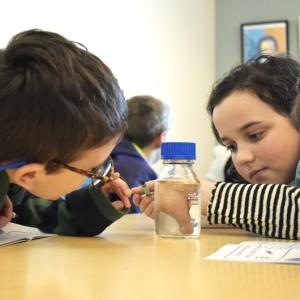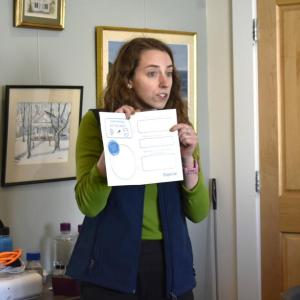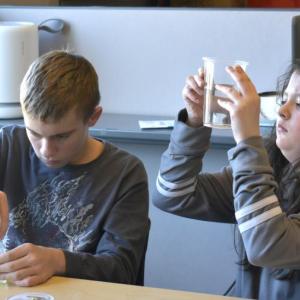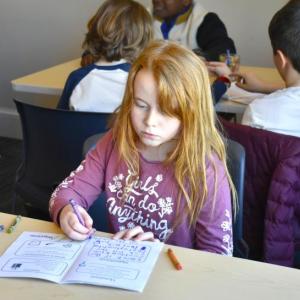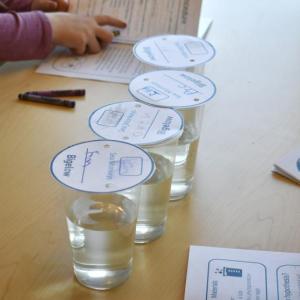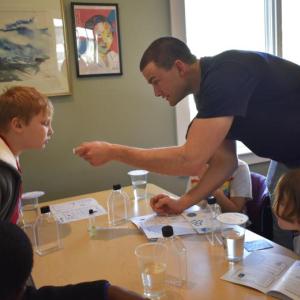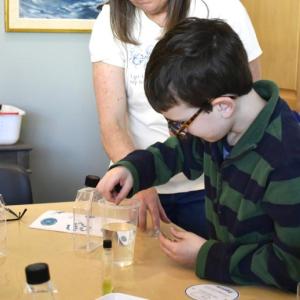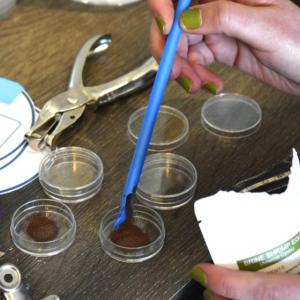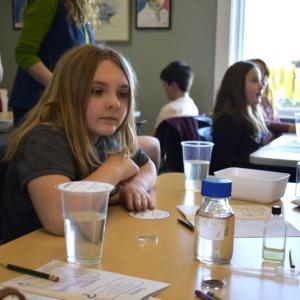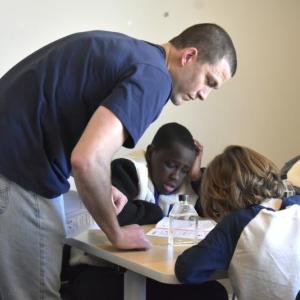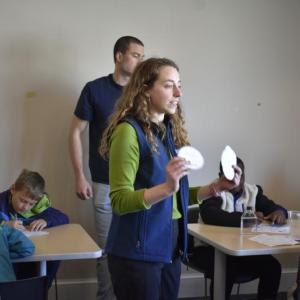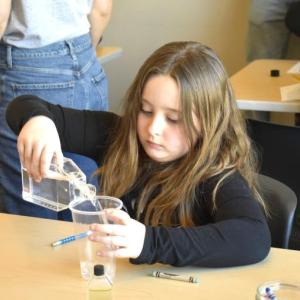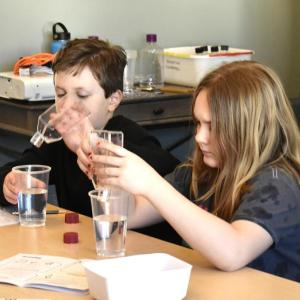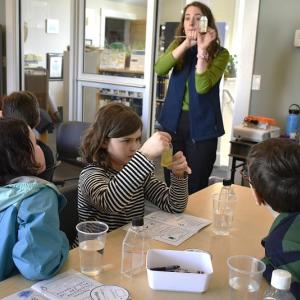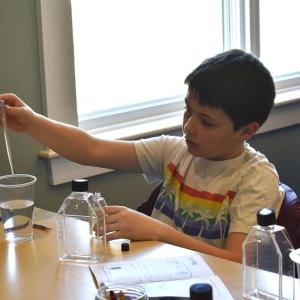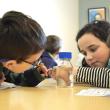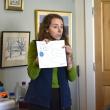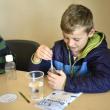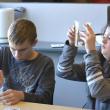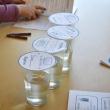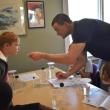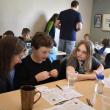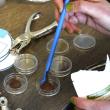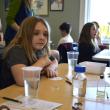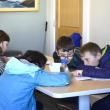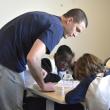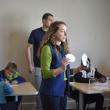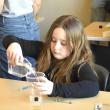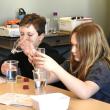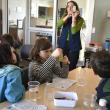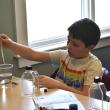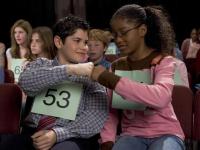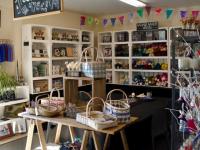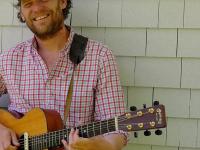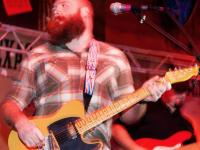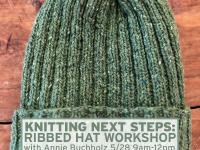Monkey 'sea,' monkey do: Kids get experimental with Bigelow
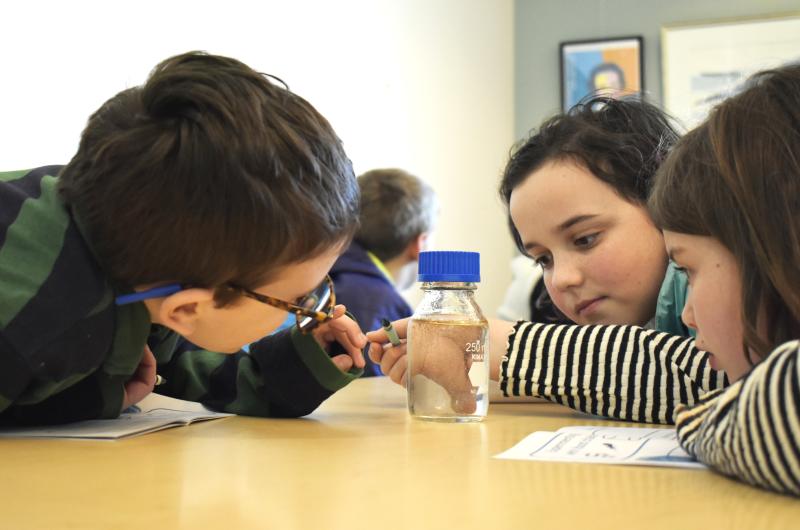 BHML's STEM club members observe adult sea monkeys. ISABELLE CURTIS/Boothbay Register
BHML's STEM club members observe adult sea monkeys. ISABELLE CURTIS/Boothbay Register
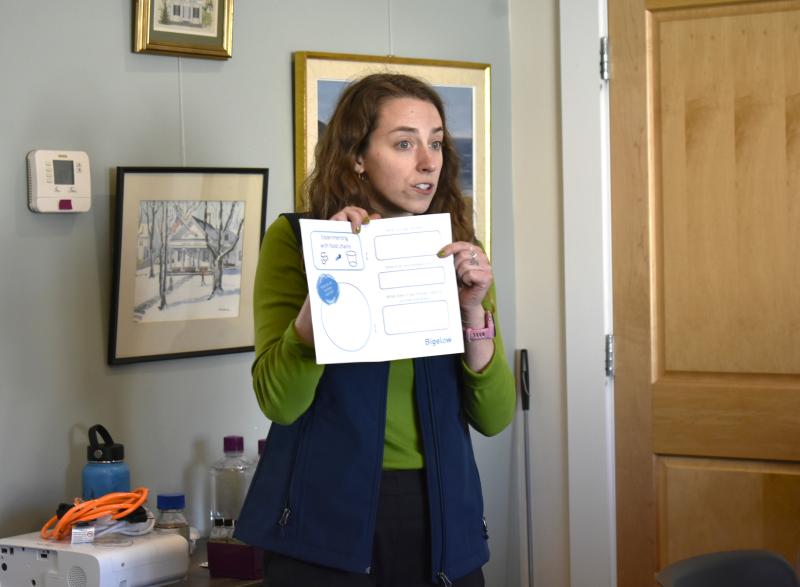 Aislyn Keyes instructs students to fill out their hypotheses in their Bigelow workbooks. ISABELLE CURTIS/Boothbay Register
Aislyn Keyes instructs students to fill out their hypotheses in their Bigelow workbooks. ISABELLE CURTIS/Boothbay Register
 ISABELLE CURTIS/Boothbay Register
ISABELLE CURTIS/Boothbay Register
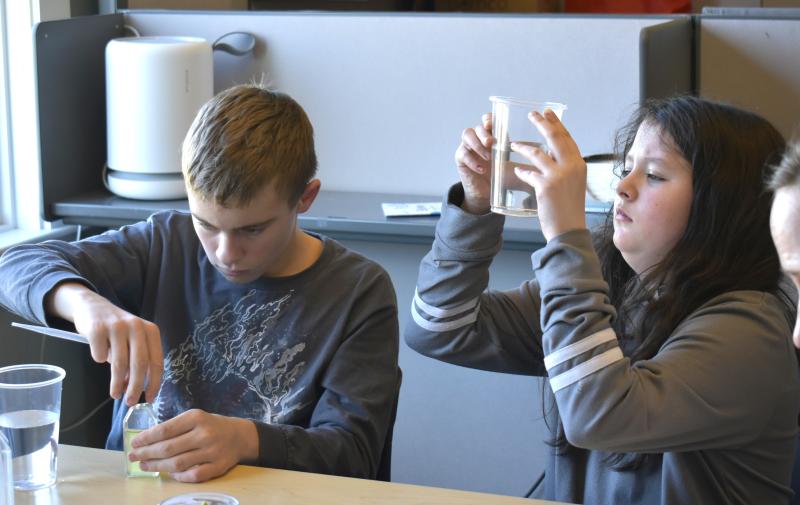 ISABELLE CURTIS/Boothbay Register
ISABELLE CURTIS/Boothbay Register
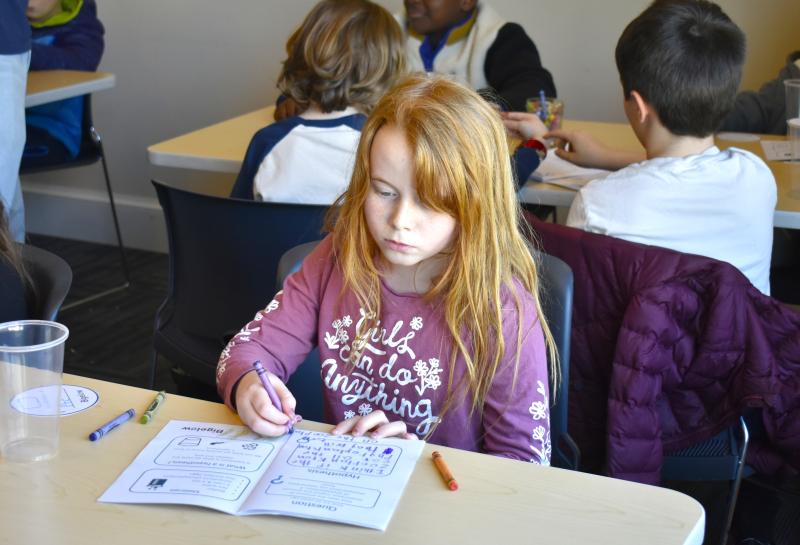 ISABELLE CURTIS/Boothbay Register
ISABELLE CURTIS/Boothbay Register
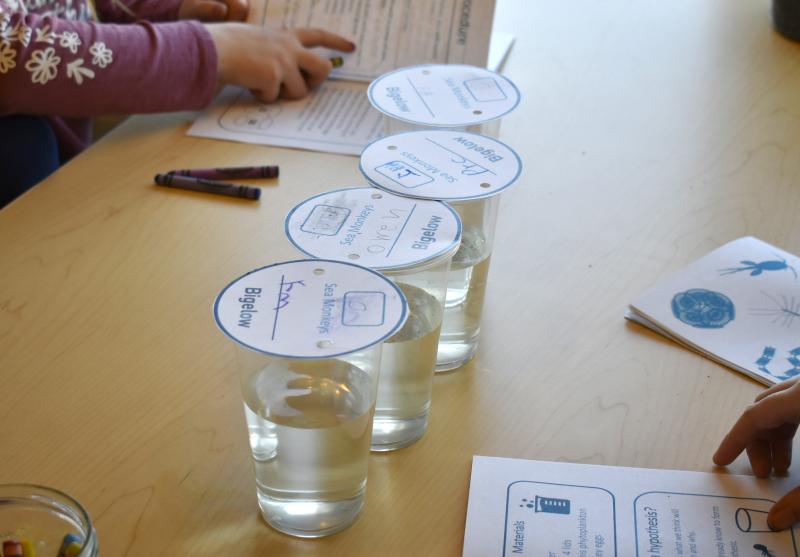 ISABELLE CURTIS/Boothbay Register
ISABELLE CURTIS/Boothbay Register
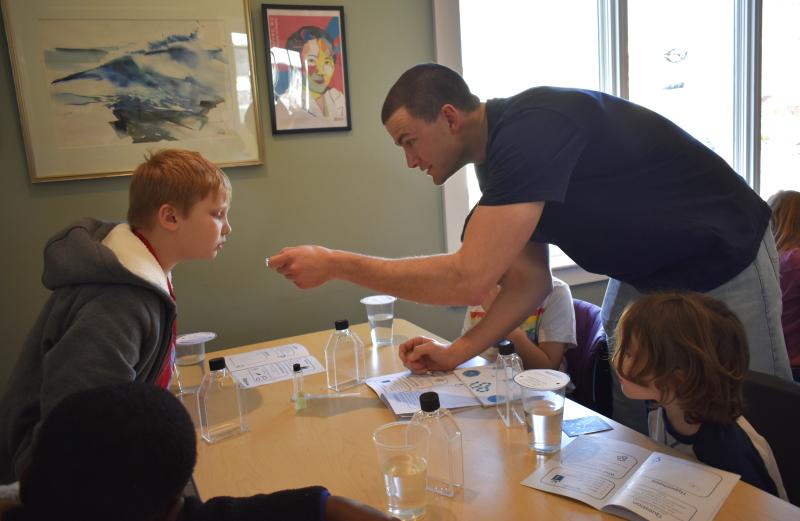 ISABELLE CURTIS/Boothbay Register
ISABELLE CURTIS/Boothbay Register
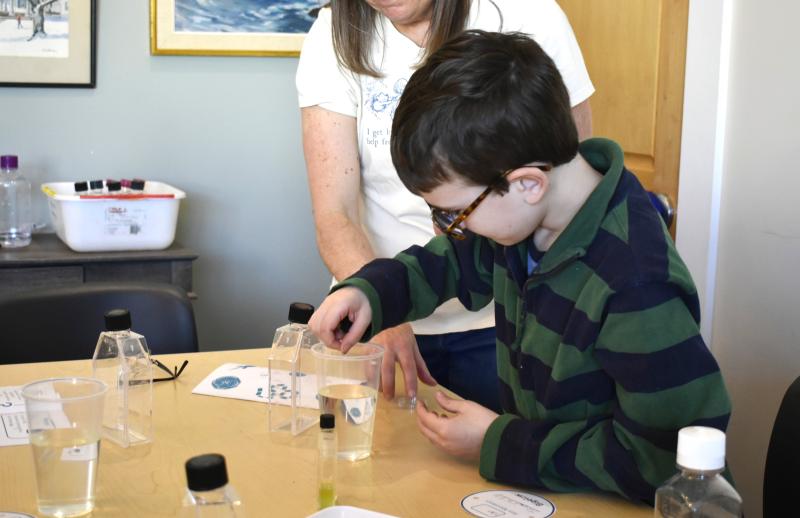 ISABELLE CURTIS/Boothbay Register
ISABELLE CURTIS/Boothbay Register
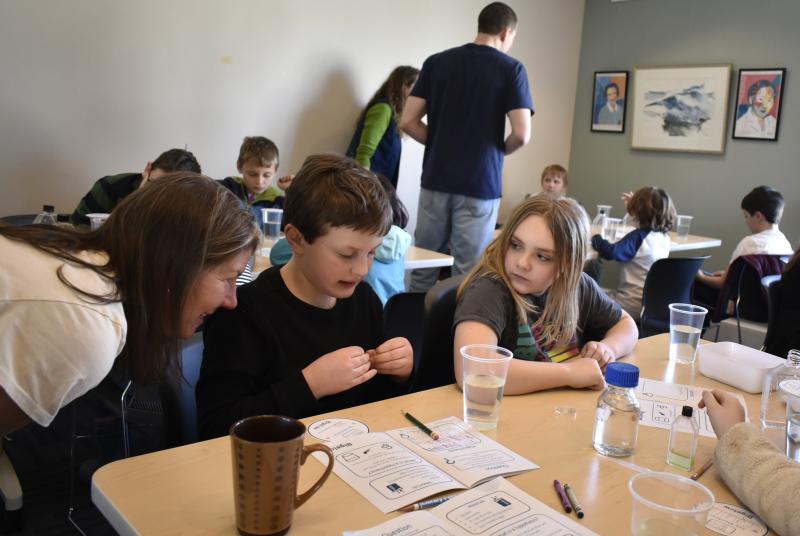 ISABELLE CURTIS/Boothbay Register
ISABELLE CURTIS/Boothbay Register
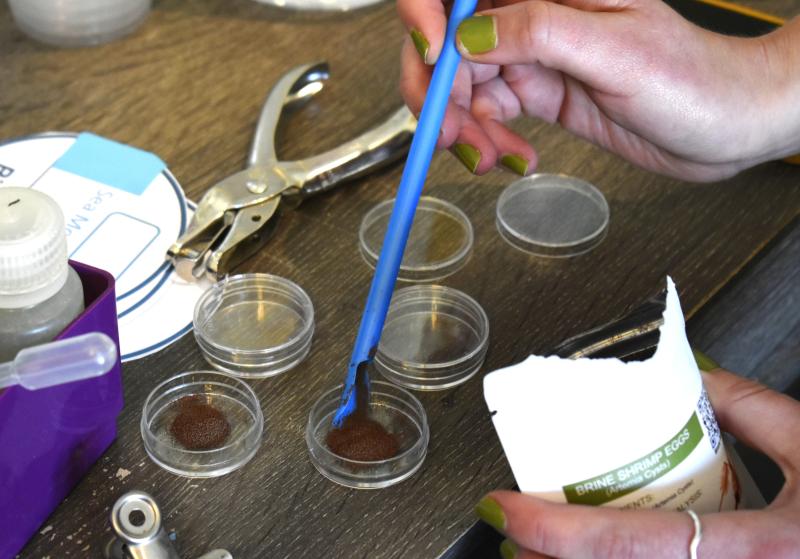 ISABELLE CURTIS/Boothbay Register
ISABELLE CURTIS/Boothbay Register
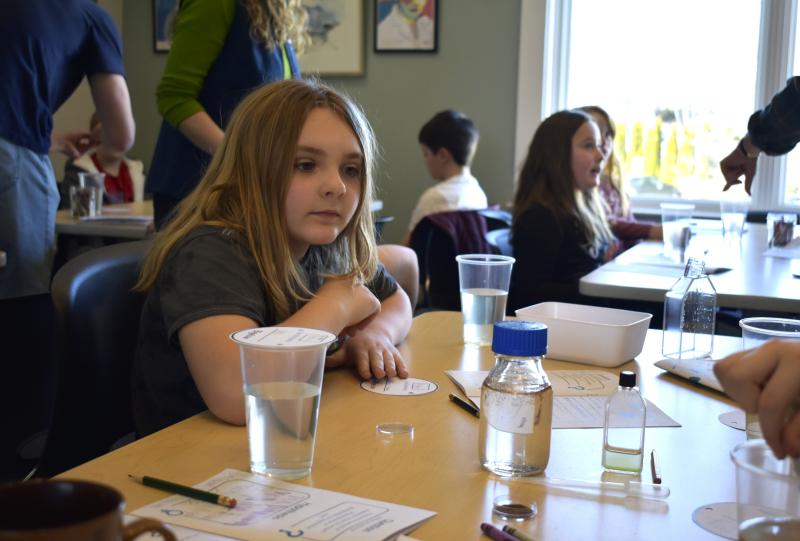 ISABELLE CURTIS/Boothbay Register
ISABELLE CURTIS/Boothbay Register
 ISABELLE CURTIS/Boothbay Register
ISABELLE CURTIS/Boothbay Register
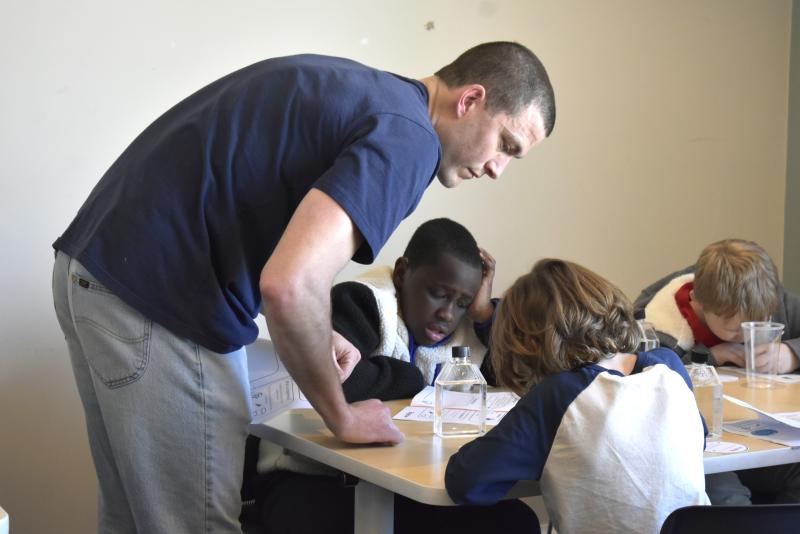 ISABELLE CURTIS/Boothbay Register
ISABELLE CURTIS/Boothbay Register
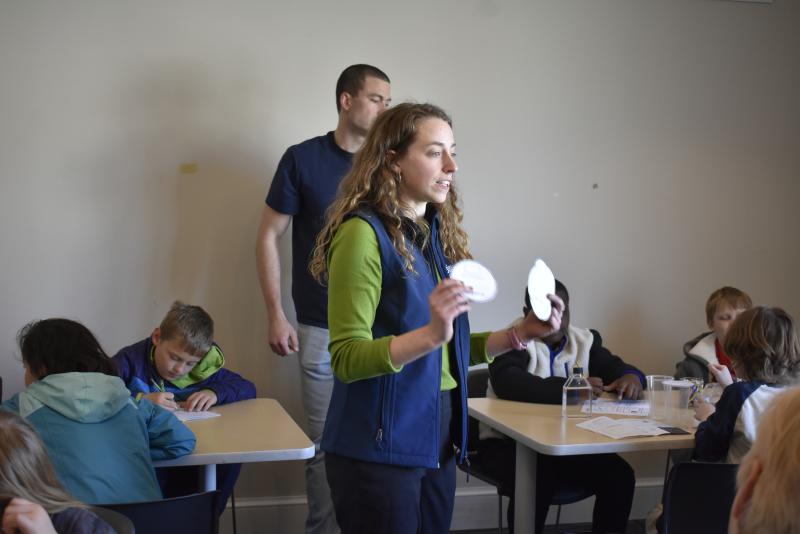 ISABELLE CURTIS/Boothbay Register
ISABELLE CURTIS/Boothbay Register
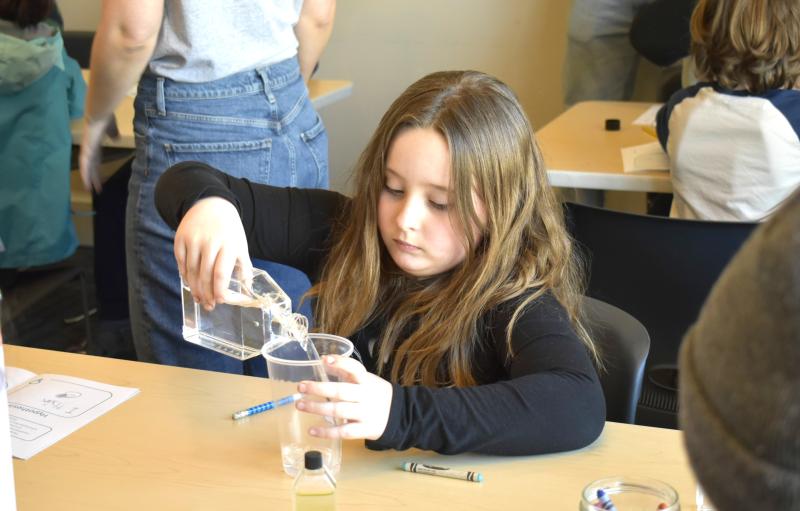 ISABELLE CURTIS/Boothbay Register
ISABELLE CURTIS/Boothbay Register
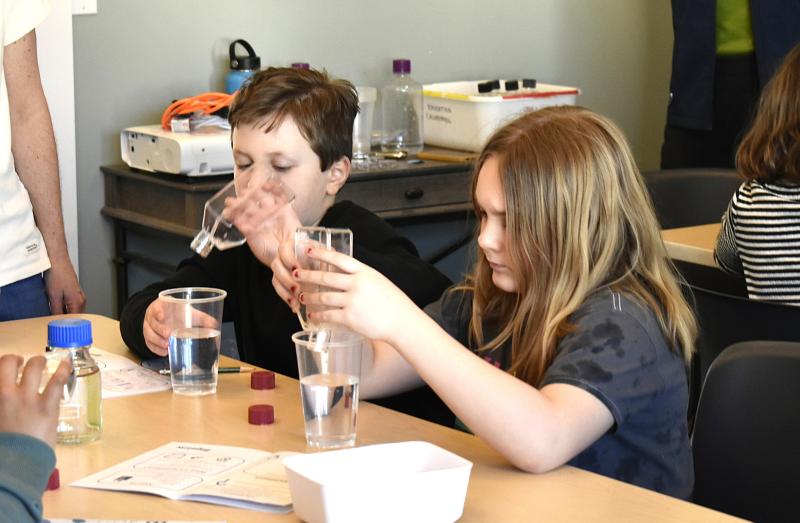 ISABELLE CURTIS/Boothbay Register
ISABELLE CURTIS/Boothbay Register
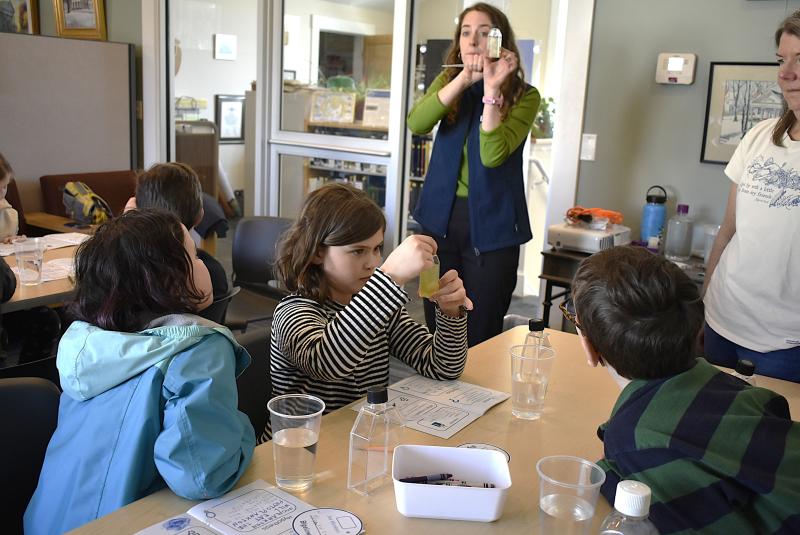 ISABELLE CURTIS/Boothbay Register
ISABELLE CURTIS/Boothbay Register
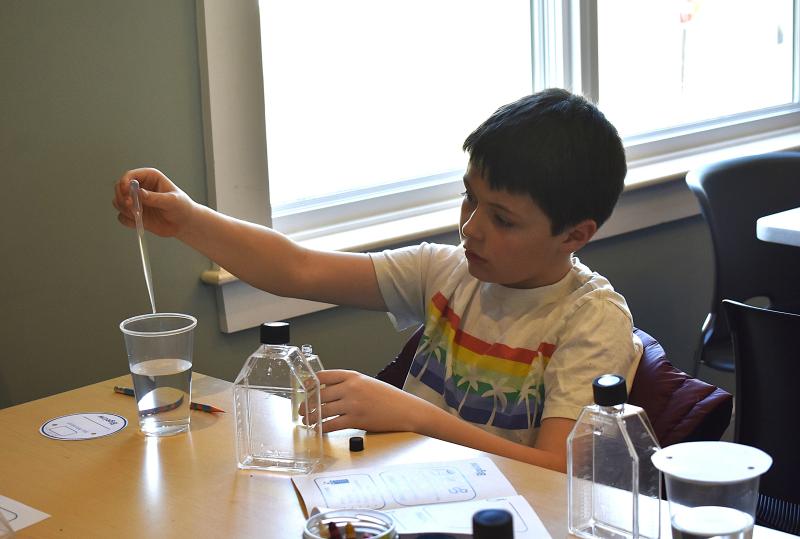 ISABELLE CURTIS/Boothbay Register
ISABELLE CURTIS/Boothbay Register
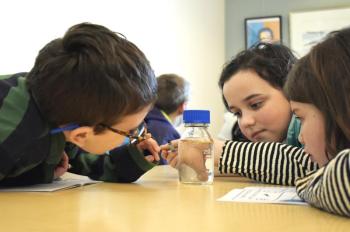 BHML's STEM club members observe adult sea monkeys. ISABELLE CURTIS/Boothbay Register
BHML's STEM club members observe adult sea monkeys. ISABELLE CURTIS/Boothbay Register
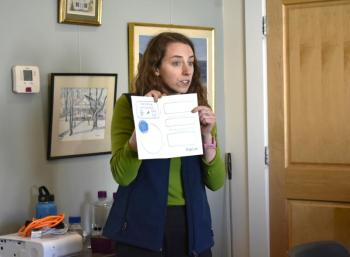 Aislyn Keyes instructs students to fill out their hypotheses in their Bigelow workbooks. ISABELLE CURTIS/Boothbay Register
Aislyn Keyes instructs students to fill out their hypotheses in their Bigelow workbooks. ISABELLE CURTIS/Boothbay Register
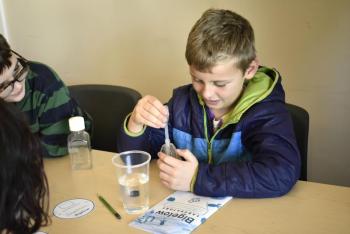 ISABELLE CURTIS/Boothbay Register
ISABELLE CURTIS/Boothbay Register
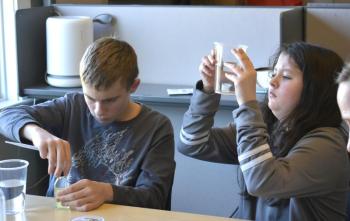 ISABELLE CURTIS/Boothbay Register
ISABELLE CURTIS/Boothbay Register
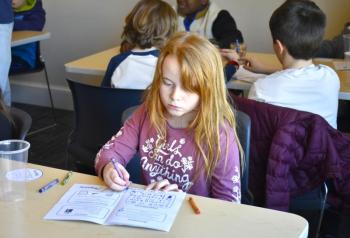 ISABELLE CURTIS/Boothbay Register
ISABELLE CURTIS/Boothbay Register
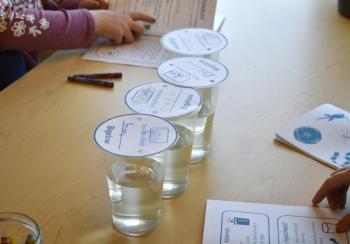 ISABELLE CURTIS/Boothbay Register
ISABELLE CURTIS/Boothbay Register
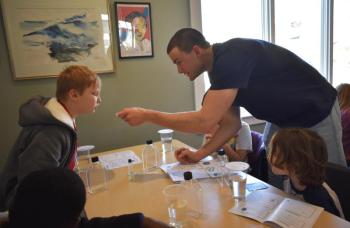 ISABELLE CURTIS/Boothbay Register
ISABELLE CURTIS/Boothbay Register
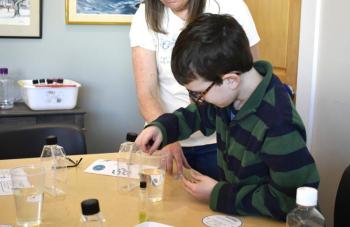 ISABELLE CURTIS/Boothbay Register
ISABELLE CURTIS/Boothbay Register
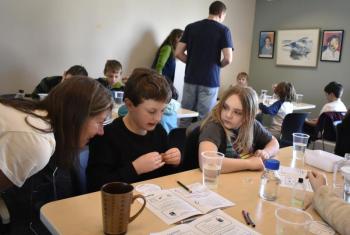 ISABELLE CURTIS/Boothbay Register
ISABELLE CURTIS/Boothbay Register
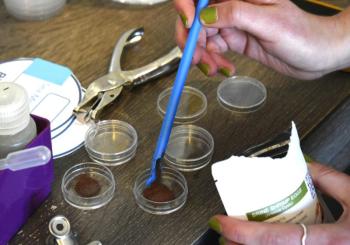 ISABELLE CURTIS/Boothbay Register
ISABELLE CURTIS/Boothbay Register
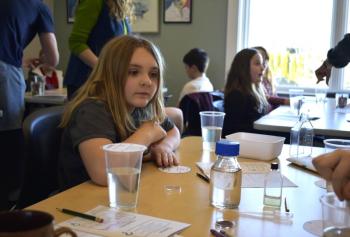 ISABELLE CURTIS/Boothbay Register
ISABELLE CURTIS/Boothbay Register
 ISABELLE CURTIS/Boothbay Register
ISABELLE CURTIS/Boothbay Register
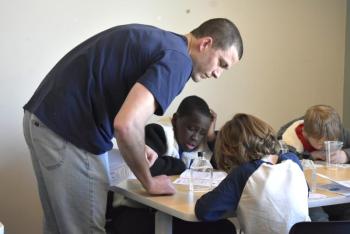 ISABELLE CURTIS/Boothbay Register
ISABELLE CURTIS/Boothbay Register
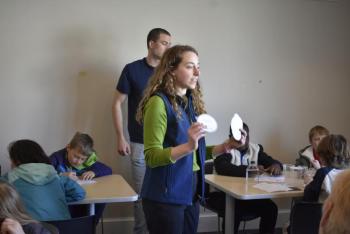 ISABELLE CURTIS/Boothbay Register
ISABELLE CURTIS/Boothbay Register
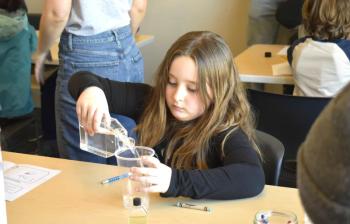 ISABELLE CURTIS/Boothbay Register
ISABELLE CURTIS/Boothbay Register
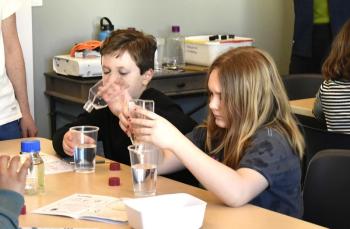 ISABELLE CURTIS/Boothbay Register
ISABELLE CURTIS/Boothbay Register
 ISABELLE CURTIS/Boothbay Register
ISABELLE CURTIS/Boothbay Register
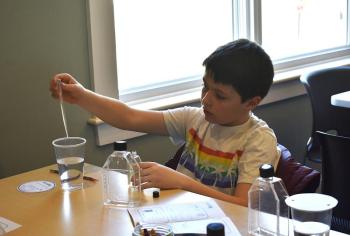 ISABELLE CURTIS/Boothbay Register
ISABELLE CURTIS/Boothbay Register
The clamor of kids fresh off the bus could be heard easily from the second floor of Boothbay Harbor Memorial Library (BHML). It was a Wednesday afternoon, and that meant BHML’s upstairs got a laboratory makeover for its three-month-long STEM (science, technology, engineering and math) club. For March, the club partnered with scientists from Bigelow Laboratory to teach second through sixth graders the role of plankton in our oceans.
“It's definitely part of the ethos of Bigelow to be part of the community and do our part in demystifying science,” explained Aislyn Keyes, marine educator at Bigelow. Keyes’ usual co-facilitator Karen Stamieszkin was absent, but she was joined by postdoctoral scientist Isaac Miller.
Previous weeks saw students studying phytoplankton slides under microscopes and playing games of tag to learn about oceanic food webs. For their third meeting, students set up an experiment to try and answer the question: How does the number of zooplankton alter the number of phytoplankton?
Each group was given four cups that they filled with phytoplankton (the plant-based food source, in this case) before adding a different amount of sea monkey eggs (brine shrimp) to each. Attendees will see the results at their last club meeting on March 26. The activity helps kids practice scientific skills, such as hypothesis formation and basic experimentation, while also exposing them to things they might not see in school, said Keyes.
“Just one being in a room with a scientist in this sort of informal setting where you can be yourself and not feel restricted in a classroom is really powerful.”
BHML Program & Technology Manager Bethany Schmidt echoed the sentiment, adding that they’ve seen increased student participation. The club was formed as part of the library’s efforts to broaden its offerings and create unique experiences that kids won’t have at home. With the STEM club’s success, Schmidt and Keyes hope to continue it in the future.

